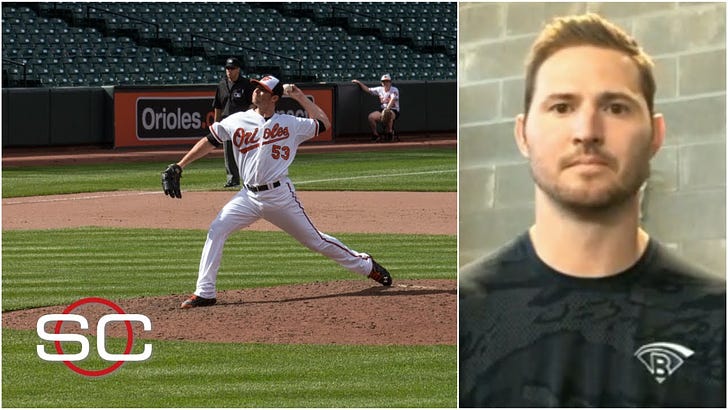All information on surgical numbers from this is taken from Jon Roegele’s invaluable list of Tommy John surgeries. All credit to him, any errors are on me. I was purposely non-specific in places, though you can check the numbers at his site.
With high profile elbow reconstructions to Chris Sale and Noah Syndergaard, we’re confronted with the issue of perception around Tommy John surgery. On the negative side, big name players make people think it’s happening more and when they come back, they think the surgery is “good.” On the positive side, people seem to understand more than this is preventable but hardly a major issue for a pitcher in 2020.
The fact is, if we just use the extant part of spring training and compare numbers to the past few springs, using similar dates, the numbers aren’t out of whack. There’s a range from low to high and 2020 seems about in the middle, aside from the notable names.
But that’s about all that 2020 that’s been normal. At some point in the near future, we’re going to be looking at a second camp and if we take that as an extension of spring training, I’m scared we’ll be looking at things wrong. While I spoke recently of how some teams seem to be keeping their pitchers active, it’s not going to be as if we just pressed pause on spring.
Comparing the numbers won’t just be apples to oranges, but apples to opossums. We are, quite literally, in the unknown. There are no maps where we’re headed and likely a dragon or two.
There’s two scenarios that most are expecting. First, that the rest and low intensity throwing will be a net positive for pitchers and we’ll see a reduction in overall arm injuries. Add in that the season will undoubtedly be shortened, either in games, calendar, or both and we should see a relative drop there as well.
Second, that the rest and low intensity throwing will be a net negative to players and as we see them build up, we’ll see a second spring spike in elbow injuries. There’s a lot we could go into here in terms of chronic workload, but I’ll try to keep this simple. The basics are that in one scenario the rest is good and in the other rest is bad.
Oddly, both come back to two camps and again, I will oversimplify. One is the standard, common sense advice that pitchers should take a few months off from throwing, while the other is more new-school and data-driven in that pitchers should de-load at times, but never unload. This argument is one of the determinant questions in baseball right now and the side that can prove their point most strongly will take pitching forward while the other will be pushed aside.
But I don’t think we’ll get our answer here. I think we’re going to see something else entirely and that what we do see will be so disconnected from ‘normal baseball’ that whatever we see should be discounted anyway since we’ll never do it this way again.
Hopefully.
I think we’re going to see relatively low, but not noticeably low numbers. I think we could be slightly below the normal range and with the missing numbers from the Feb/Mar camps, I think it will look lower to those of us who aren’t used to seeing this. I think that the most significant part of this reduction will be the close watch of players, the reduction in workload, especially early in the re-training and the start of the season, and that we saw a higher level of “intra-season” training from the pitchers, outside the team control.
That will be the lesson I think will be most valuable. Players have been gravitating to non-team training during the offseason for better than a decade, but in-season is still under the paternalistic eye of a team. For many players, that will continue to be the case, but some teams will bring in those top level trainers and others will see themselves either hired by players or agents to take care of those players. (It’s always stunned me that no other agency has a training institute and research program the way the Boras Corporation does.)
The Yankees, Reds, Rangers, and White Sox have some of the best known physical trainers now inside their walls. That should be a major advantage and I believe that most teams will have some level of this soon, but I also think we’ll see more players bringing on their own coaches and trainers, even medical personnel, the way some now have a personal chef and a driver.
Even there, I’m not sure that the circumstances and even the sample size for 2020 will be one that we can learn from. People will try, in the way they always try to break any season down, but nothing about this is normal and we’re going to have to try hard to not pretend.
***
Here’s a question I have about when baseball returns, the kind with fans in the stadium: will masks, assuming they’re worn and properly, make games a more muted experience, or will the Jock Jams, walk up songs, and overly caffeinated announcers become a much louder part of the game to make up for it? MLB has never had the raucous fans of Japan or Euro soccer with the songs and cheer conductors (which I learned is properly referred to as “capo.”)




